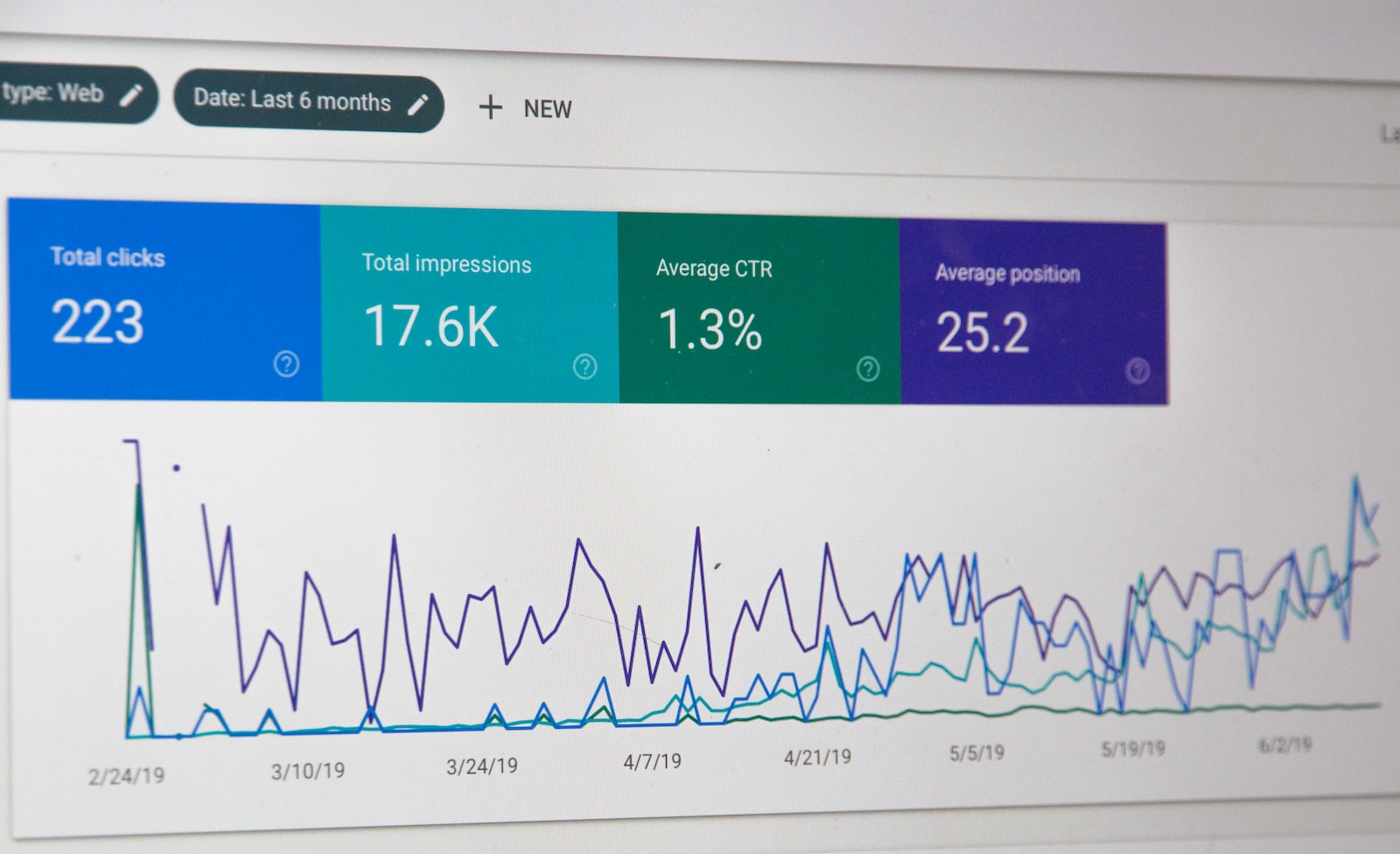Estimated reading time: 8 minutes
Search engine optimization (SEO) is the art and science of improving your website’s visibility in search engine results pages (SERPs). While it might seem complex, a well-rounded SEO strategy can significantly increase website traffic, brand awareness, and ultimately, conversions. This guide delves into the key aspects of SEO, providing a roadmap for crafting a successful strategy tailored to your unique needs.
Technical SEO: Building the Foundation
Before diving into content creation, ensure your website is built on a strong technical foundation. This involves:
Indexing and Crawlability: Use tools like Google Search Console and Bing Webmaster Tools to ensure search engines can easily discover and understand your website’s content. These tools offer features like sitemaps submission, robots.txt analysis, and crawl error reports to help you identify and fix any indexing issues.
XML Sitemap: Create a sitemap, essentially a roadmap of your website, to help search engines efficiently index your pages. Imagine a library with a well-organized card catalog. An XML sitemap acts like that card catalog, providing search engines with a clear understanding of the content and structure of your website.
Robots.txt: Guide search engines on which pages to crawl and index using a robots.txt file. This file acts like a set of instructions for search engine crawlers, specifying which pages they are allowed to access and which ones they should avoid. For example, you might use robots.txt to prevent search engines from crawling your login page or other sensitive areas of your website.
Mobile-friendliness: Ensure your website functions flawlessly across all devices, especially mobile, as Google prioritizes mobile-friendly sites. In today’s mobile-first world, users are increasingly searching for information on the go. If your website is not optimized for mobile devices, you’re potentially missing out on a significant portion of your target audience. Use Google’s Mobile-Friendly Test to check your website’s mobile responsiveness and identify areas for improvement.
Page Speed: Optimize page loading speed to provide a seamless user experience and improve search rankings. Studies have shown that users are more likely to bounce from websites that take too long to load. Tools like Google PageSpeed Insights can help identify areas for improvement, such as optimizing image sizes, reducing HTTP requests, and enabling browser caching.
Core Web Vitals: Pay attention to Core Web Vitals (LCP, FID, CLS), which measure page loading performance, as they directly impact user experience and SEO. Core Web Vitals include Largest Contentful Paint (LCP), which measures how long it takes for the largest content element on the page to load; First Input Delay (FID), which measures how responsive the page feels to user interaction; and Cumulative Layout Shift (CLS), which measures how much the layout of the page shifts as elements load.
Security: Implement an SSL certificate to encrypt data and build user trust. An SSL certificate establishes a secure connection between your website and the user’s browser, protecting sensitive information like login credentials and credit card details. This not only enhances user security but also serves as a positive ranking factor in search engine algorithms.
On-Page Optimization: Crafting Compelling Content
On-page optimization focuses on optimizing individual web pages to rank higher for relevant search queries. This involves:
Keyword Research: Identify the terms and phrases your target audience uses to search for information related to your niche. Tools like Google Keyword Planner and SEMrush can be helpful. Keyword research is the foundation of on-page optimization. By understanding the search terms your target audience is using, you can tailor your content and website structure to match their search intent.
Content Creation: Create high-quality, informative content that resonates with your audience and addresses their search intent. Focus on providing value and establishing yourself as an authority in your field. Don’t just create content for the sake of creating content. Focus on providing valuable information, insights, and solutions to your target audience’s problems and questions.
Content Structure: Organize your content logically using headings, subheadings, and bullet points to improve readability and user experience. Think of your content structure as an outline. Use clear and concise headings to break down your content into easily digestible sections, making it easier for users to scan and find the information they need.
URL Structure: Use clear and descriptive URLs that incorporate relevant keywords and reflect the page’s content. For example, instead of using a generic URL like “page1.html,” use a more descriptive URL like “best-running-shoes-for-women-2024.html.” This helps search engines and users understand the content of the page and improves click-through rates.
Title Tags and Meta Descriptions: Craft compelling title tags and meta descriptions that accurately describe the page’s content and entice users to click. Title tags and meta descriptions are like
On-Page Optimization: Crafting Compelling Content
Title Tags and Meta Descriptions: Craft compelling title tags and meta descriptions that accurately describe the page’s content and entice users to click. Title tags and meta descriptions are like snippets displayed in search engine results pages (SERPs). Think of them as your website’s advertising copy. Use relevant keywords and clear, concise language to grab user attention and encourage them to click through to your website.
Image Optimization: Include relevant alt text descriptions for images to improve accessibility and search engine understanding. Alt text is a brief description of an image that is displayed when the image cannot be loaded or for users who rely on screen readers. It also acts as a signal to search engines about the content of the image.
Internal Linking: Link to other relevant pages on your website to improve user navigation and distribute link juice (ranking power). Internal linking helps search engines understand the structure and hierarchy of your website, and it also helps users discover related content and navigate deeper into your website.
External SEO: Building Authority and Trust
While you can’t directly control external factors, they significantly impact your website’s authority and trust in the eyes of search engines. These include:
Backlinks: Earn high-quality backlinks from reputable websites in your niche. Backlinks act as votes of confidence for your website, influencing its ranking potential. Focus on creating valuable content that naturally attracts backlinks or engage in outreach strategies to build relationships with relevant websites. Earning backlinks from high-authority websites can significantly boost your website’s ranking potential. However, it’s important to focus on acquiring high-quality, relevant backlinks as search engines penalize websites that engage in link-building schemes.
Local SEO (for local businesses): Claim and optimize your Google My Business listing and ensure consistent NAP (Name, Address, Phone number) data across all local directories and online mentions. Local SEO is crucial for businesses with a physical location or service area. By claiming and optimizing your Google My Business listing and ensuring consistent NAP data across directories, you can improve your local search visibility and attract potential customers searching for businesses in your area.
Social Media: While not a direct ranking factor, social media engagement can enhance your SEO efforts and brand awareness. Share your content on social media platforms, engage with your audience, and encourage them to share your content further. Social media can help you reach a wider audience, promote your content, and build brand awareness. While social media engagement doesn’t directly influence search engine rankings, it can indirectly contribute to SEO efforts by driving traffic to your website and potentially increasing brand mentions, which can be a positive ranking factor.
Beyond the Checklist: Continuous Monitoring and Improvement
SEO is an ongoing process that requires continuous monitoring and adaptation. Here are additional tips for success:
Stay Updated: Search engine algorithms are constantly evolving, so stay informed about the latest SEO trends and updates. Attending industry conferences, subscribing to SEO blogs, and following reputable SEO professionals on social media are some ways to stay updated on the latest SEO trends and best practices.
Track Your Results: Use analytics tools like Google Analytics to track your website’s organic search traffic and measure the effectiveness of your SEO efforts. Regularly monitoring your website’s analytics helps you understand what’s working and what’s not, allowing you to refine your SEO strategy for better results.
Be Patient: Building a strong SEO foundation takes time and consistent effort. Don’t expect overnight results, but focus on delivering valuable content and maintaining a user-friendly website. SEO is a marathon, not a sprint. Be patient, consistent, and data-driven in your approach, and you will see your website climb the search engine ladder over time.
By following these comprehensive guidelines and staying committed to creating exceptional content and maintaining a user-friendly website, you can position yourself for higher search engine rankings and achieve your online marketing goals. Remember, SEO is a journey, not a destination. Enjoy the process of learning, experimenting, and refining your strategy as you climb the search engine ladder.
For the latest tech news and reviews, follow Rohit Auddy on Twitter, Facebook, and Google News.







